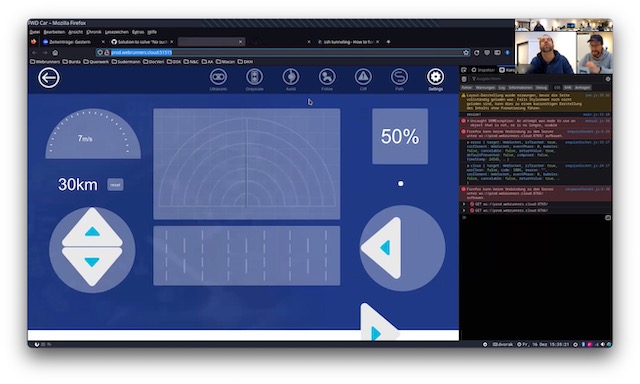As we already know from part 1 an Observable is a sequence of ongoing events in time. These sequences and their compositions and transformations can be nicely visualized by marble diagrams in either textual or graphical representation. The visualization of Observables makes it very easy to understand what is going on even if you are not an expert in Reactive Extensions.
Textual representation
There is a simple textual representation that uses the following symbols:
| Symbol | Description | |
|---|---|---|
| –> | Timeline | flows from left to right |
| O | Item emitted by a sequence | when called OnNext |
| X | Abnormal termination | when called OnError |
| | | Successful completion | when called OnCompleted |
A sequence with 3 items looks like this:
--O--O--O--|->
Combining sequences
The following diagram visualizes the Select(f) operator applied to Seq1 that creates a result stream (Result) where each emitted value of Seq1 is replaced according to the function f. In this case f adds one to the input value:
Seq1 --1---2-----3---->
Select(x => x + 1)
Result --2---3-----4---->
Graphical representation
Here is the graphical representation of the example from above:

